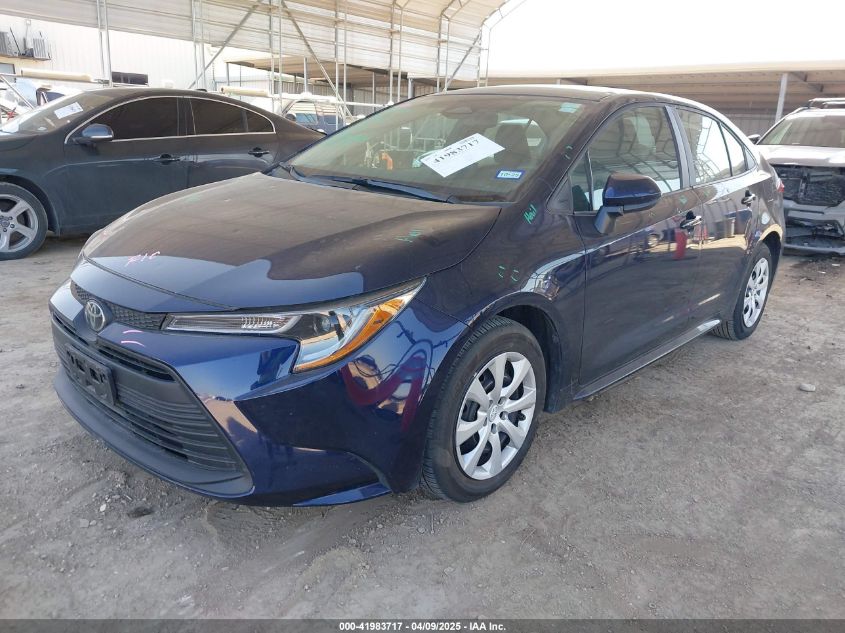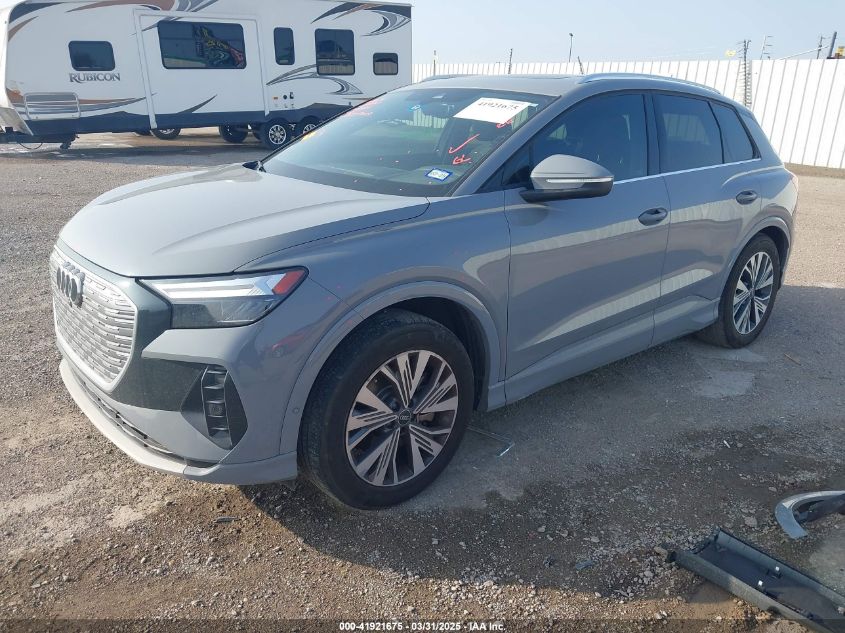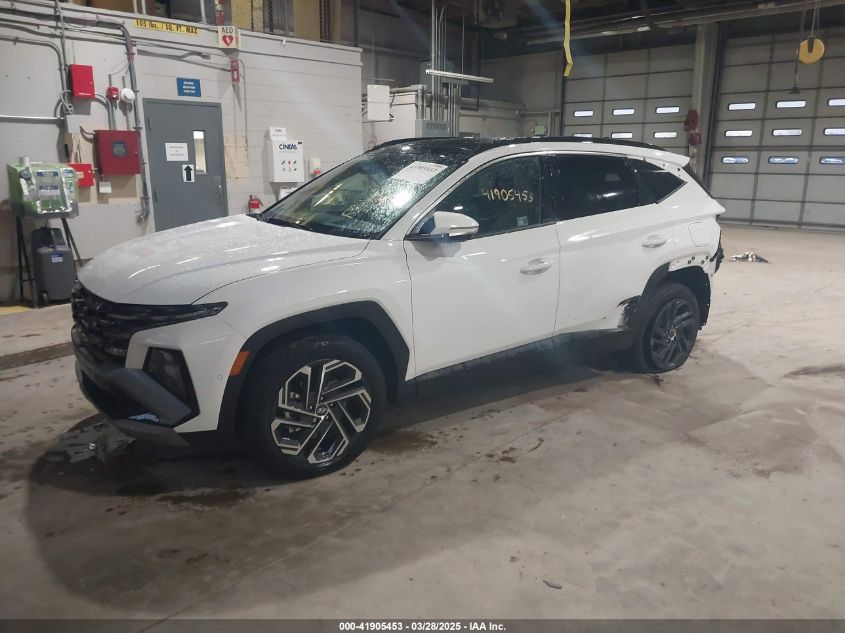2022 MERCEDES-BENZ AMG GT | W1K7X5KB5NA046338
Specifications
11
~$230,000
Engine: 4.0L V8 biturbo (M177) + electric motor
Torque: 1,470 Nm
0–100 km/h: ~2.9 s
The Mercedes-AMG GT 63 S E PERFORMANCE is the pinnacle of AMG road cars — a high-performance, four-door luxury coupe that blends supercar speed, F1-inspired hybrid tech, and everyday usability in one elegant, violent package.
It uses a hand-built 4.0L V8 Biturbo up front, paired with a 204 hp electric motor mounted directly on the rear axle, creating an electrified AWD system capable of instant torque vectoring. Unlike most PHEVs focused on efficiency, this hybrid system is engineered to enhance performance, with 1,470 Nm of torque delivered with brutal immediacy.
Despite weighing nearly 2.4 tons, the GT 63 S E Performance accelerates from 0–100 km/h in 2.9 seconds, making it quicker than many mid-engine supercars, while comfortably seating four adults in a luxurious cabin trimmed in Nappa leather, carbon fiber, and AMG-specific tech like Track Pace telemetry, active ride control, and rear-wheel steering.
It combines AMG’s raw twin-turbo V8 charisma with the efficiency and torque-filling benefits of electrification, offering a preview of the future of high-performance luxury. It’s not only the most powerful AMG GT ever built — it’s the most powerful AMG road car, period.
Body Styles
The Mercedes-AMG GT began as a 2-door coupe in 2015 (C190), soon followed by the GT Roadster (R190), and later evolved into a family of high-performance 4-door coupes (X290). The 2-door GT replaced the SLS AMG as a more compact, front-mid-engine sports car with rear-wheel drive, a long hood, wide haunches, and a cockpit pushed toward the rear axle — evoking classic Gran Turismo proportions. The fixed roof coupe emphasized track readiness, while the soft-top roadster added grand touring comfort without compromising rigidity or performance.
In 2018, the GT 4-Door Coupe joined the range, built on the E-Class-derived MRA platform but heavily modified by AMG. With its sweeping fastback profile, frameless doors, active aero, and luxury rear seating, it bridged the gap between sports coupe and executive sedan. The 4-door GT offered real-world usability, AWD traction, and advanced chassis tech like rear-wheel steering and active anti-roll stabilization. Its profile echoed the 2-door GT’s front fascia and Panamericana grille, unifying the design language across body styles despite distinct mechanical architectures.
Model Name Meaning (Manufacturer)
“GT” in Mercedes-AMG GT stands for Gran Turismo — a long-distance, high-speed touring vehicle with race-derived performance and premium comfort. Unlike the SLS AMG, the GT was designed fully in-house by AMG as both a halo model and a Porsche 911 rival. The 4-Door Coupe (X290) retained the GT badge but shifted toward the performance sedan segment, expanding AMG’s brand reach while preserving core attributes like V8 power, dynamic precision, and distinctive design.
Model Name Meaning (Languages)
“GT” derives from the Italian Gran Turismo, widely adopted in English, French, and German to refer to performance-luxury tourers. In all markets, the term evokes a blend of speed, style, and long-distance capability. The numerical designations (43, 53, 63, etc.) follow Mercedes’ modern powertrain hierarchy, with higher numbers indicating greater output, while the “S” suffix signals an enhanced, track-focused version. The name “AMG GT” has become synonymous worldwide with handcrafted engines, motorsport engineering, and expressive design.
Body & Interior Colors and Rims
The AMG GT family offered a vibrant spectrum of colors — both subtle and expressive — including classic tones like Obsidian Black, Selenite Grey, and Diamond White, as well as AMG-specific hues like Brilliant Blue Magno, Designo Selenite Grey Magno, and Solar Beam Yellow. The 4-Door Coupe introduced exclusive shades such as Graphite Grey Magno and Spectral Blue Metallic. Black or carbon exterior packages added high-gloss or matte black trim elements, including mirror caps, diffuser blades, window surrounds, and badging, giving each car a customized and aggressive look.
Inside, the GT Coupe emphasized focused sportiness with deep bucket seats, twin-screen digital displays, a central transmission tunnel with aircraft-style switches, and AMG-specific gauges. Materials included Nappa leather, Dinamica suede, contrast stitching, and real carbon fiber or black piano lacquer trim. The 4-Door Coupe brought more luxury and space, with optional individual rear seats, ambient lighting, and quilted leather extending to door panels and headliners. Seat color choices ranged from classic black and red to saddle brown, titanium grey pearl, and Designo exclusive tones — often with perforated upholstery, Alcantara headliners, and AMG logos embossed or embroidered.
Wheels across the GT range ranged from 19- to 21-inch designs, many forged and lightweight, with multi-spoke, twin-spoke, and cross-spoke variations. The AMG GT R and GT Black Series featured center-lock wheels in satin black or forged matte finishes, while the GT 63 S 4-Door Coupe introduced intricate aero-optimized designs. Optional high-gloss black or titanium grey finishes complemented various exterior packages. Large AMG carbon ceramic brakes — with bronze or gold calipers — were available across top trims, especially for track-capable variants.
Top Expensive Options
- AMG Carbon Ceramic Braking System: $8,950
- AMG Exterior Carbon Fiber Package I & II: $4,000–$6,500
- Burmester® High-End 3D Surround Sound System: $4,500
- AMG Aerodynamics Package (GT R, GT 63 S): $3,500
- Carbon Fiber Roof (Coupe only): $3,000
- Rear Individual Executive Seating (GT 4-Door): $3,800
- AMG Performance Exhaust with variable flaps: $1,250
- 21” AMG Forged Cross-Spoke Wheels: $3,400
- AMG Track Pace Telemetry + Race Mode: $900
- Designo Special Paint (Magno matte colors): $3,900+
vs Competitors
The AMG GT 2-Door Coupe targeted the Porsche 911, Jaguar F-Type R, and Aston Martin Vantage. Compared to the 911, it offered a more front-biased, aggressive look, more dramatic V8 sound, and a slightly more punishing ride — but a rawer, more emotional experience in GT R and Black Series form. The F-Type matched the AMG in theater, but lagged behind in chassis sophistication and outright performance. Against the Vantage, the GT held the advantage in build quality and electronics, though the Aston offered more heritage charm.
The GT 4-Door Coupe went head-to-head with the Porsche Panamera Turbo, Audi RS7, and BMW M8 Gran Coupe. The AMG offered the most visceral acceleration and character thanks to its thundering V8 and active suspension. While the Panamera offered superior rear seat ergonomics and more precise steering, the AMG struck back with bolder styling and greater emotional appeal. The RS7 had more subdued design and Audi tech finesse, while the M8 was closer in philosophy — but lacked the AMG's unique 4-door-supercar blend. The GT 63 S, with Drift Mode and 0–100 km/h in 3.2 seconds, pushed the category into hyper-sedan territory.
Fun Fact
The Mercedes-AMG GT Black Series (2021) set a Nürburgring Nordschleife lap time of 6:43.6, making it the fastest production car on the track at the time — faster than the Porsche 911 GT2 RS and Lamborghini Aventador SVJ. It achieved this using a flat-plane crank version of the M178 V8, producing 720 hp, a fully active aero system, and manually adjustable coilover suspension — all derived from GT3 race engineering.
Lot Details
-
Sale Date09/Jun/2025
-
Lot Number41937765
-
Sale document
-
Location
-
Odometer56,621 miles (91,122 km)
-
Primary Damage:THEFT
-
Secondary DamageMECHANICAL
-
Seller
-
Fuel
-
Engine Type3.0L I-6 DI, DOHC, VVT, turbo, 362HP
-
Transmission
-
Drive Type
Final Bid Mercedes-Benz AMG GT (2022)
$15,900
$44,860
$86,000
Specifications
11
~$230,000
Torque:
0–100 km/h:
The Mercedes-AMG GT 63 S E PERFORMANCE is the pinnacle of AMG road cars — a high-performance, four-door luxury coupe that blends supercar speed, F1-inspired hybrid tech, and everyday usability in one elegant, violent package.
It uses a hand-built 4.0L V8 Biturbo up front, paired with a 204 hp electric motor mounted directly on the rear axle, creating an electrified AWD system capable of instant torque vectoring. Unlike most PHEVs focused on efficiency, this hybrid system is engineered to enhance performance, with 1,470 Nm of torque delivered with brutal immediacy.
Despite weighing nearly 2.4 tons, the GT 63 S E Performance accelerates from 0–100 km/h in 2.9 seconds, making it quicker than many mid-engine supercars, while comfortably seating four adults in a luxurious cabin trimmed in Nappa leather, carbon fiber, and AMG-specific tech like Track Pace telemetry, active ride control, and rear-wheel steering.
It combines AMG’s raw twin-turbo V8 charisma with the efficiency and torque-filling benefits of electrification, offering a preview of the future of high-performance luxury. It’s not only the most powerful AMG GT ever built — it’s the most powerful AMG road car, period.
Body Styles
The Mercedes-AMG GT began as a 2-door coupe in 2015 (C190), soon followed by the GT Roadster (R190), and later evolved into a family of high-performance 4-door coupes (X290). The 2-door GT replaced the SLS AMG as a more compact, front-mid-engine sports car with rear-wheel drive, a long hood, wide haunches, and a cockpit pushed toward the rear axle — evoking classic Gran Turismo proportions. The fixed roof coupe emphasized track readiness, while the soft-top roadster added grand touring comfort without compromising rigidity or performance.
In 2018, the GT 4-Door Coupe joined the range, built on the E-Class-derived MRA platform but heavily modified by AMG. With its sweeping fastback profile, frameless doors, active aero, and luxury rear seating, it bridged the gap between sports coupe and executive sedan. The 4-door GT offered real-world usability, AWD traction, and advanced chassis tech like rear-wheel steering and active anti-roll stabilization. Its profile echoed the 2-door GT’s front fascia and Panamericana grille, unifying the design language across body styles despite distinct mechanical architectures.
Model Name Meaning (Manufacturer)
“GT” in Mercedes-AMG GT stands for Gran Turismo — a long-distance, high-speed touring vehicle with race-derived performance and premium comfort. Unlike the SLS AMG, the GT was designed fully in-house by AMG as both a halo model and a Porsche 911 rival. The 4-Door Coupe (X290) retained the GT badge but shifted toward the performance sedan segment, expanding AMG’s brand reach while preserving core attributes like V8 power, dynamic precision, and distinctive design.
Model Name Meaning (Languages)
“GT” derives from the Italian Gran Turismo, widely adopted in English, French, and German to refer to performance-luxury tourers. In all markets, the term evokes a blend of speed, style, and long-distance capability. The numerical designations (43, 53, 63, etc.) follow Mercedes’ modern powertrain hierarchy, with higher numbers indicating greater output, while the “S” suffix signals an enhanced, track-focused version. The name “AMG GT” has become synonymous worldwide with handcrafted engines, motorsport engineering, and expressive design.
Body & Interior Colors and Rims
The AMG GT family offered a vibrant spectrum of colors — both subtle and expressive — including classic tones like Obsidian Black, Selenite Grey, and Diamond White, as well as AMG-specific hues like Brilliant Blue Magno, Designo Selenite Grey Magno, and Solar Beam Yellow. The 4-Door Coupe introduced exclusive shades such as Graphite Grey Magno and Spectral Blue Metallic. Black or carbon exterior packages added high-gloss or matte black trim elements, including mirror caps, diffuser blades, window surrounds, and badging, giving each car a customized and aggressive look.
Inside, the GT Coupe emphasized focused sportiness with deep bucket seats, twin-screen digital displays, a central transmission tunnel with aircraft-style switches, and AMG-specific gauges. Materials included Nappa leather, Dinamica suede, contrast stitching, and real carbon fiber or black piano lacquer trim. The 4-Door Coupe brought more luxury and space, with optional individual rear seats, ambient lighting, and quilted leather extending to door panels and headliners. Seat color choices ranged from classic black and red to saddle brown, titanium grey pearl, and Designo exclusive tones — often with perforated upholstery, Alcantara headliners, and AMG logos embossed or embroidered.
Wheels across the GT range ranged from 19- to 21-inch designs, many forged and lightweight, with multi-spoke, twin-spoke, and cross-spoke variations. The AMG GT R and GT Black Series featured center-lock wheels in satin black or forged matte finishes, while the GT 63 S 4-Door Coupe introduced intricate aero-optimized designs. Optional high-gloss black or titanium grey finishes complemented various exterior packages. Large AMG carbon ceramic brakes — with bronze or gold calipers — were available across top trims, especially for track-capable variants.
Top Expensive Options
- AMG Carbon Ceramic Braking System: $8,950
- AMG Exterior Carbon Fiber Package I & II: $4,000–$6,500
- Burmester® High-End 3D Surround Sound System: $4,500
- AMG Aerodynamics Package (GT R, GT 63 S): $3,500
- Carbon Fiber Roof (Coupe only): $3,000
- Rear Individual Executive Seating (GT 4-Door): $3,800
- AMG Performance Exhaust with variable flaps: $1,250
- 21” AMG Forged Cross-Spoke Wheels: $3,400
- AMG Track Pace Telemetry + Race Mode: $900
- Designo Special Paint (Magno matte colors): $3,900+
vs Competitors
The AMG GT 2-Door Coupe targeted the Porsche 911, Jaguar F-Type R, and Aston Martin Vantage. Compared to the 911, it offered a more front-biased, aggressive look, more dramatic V8 sound, and a slightly more punishing ride — but a rawer, more emotional experience in GT R and Black Series form. The F-Type matched the AMG in theater, but lagged behind in chassis sophistication and outright performance. Against the Vantage, the GT held the advantage in build quality and electronics, though the Aston offered more heritage charm.
The GT 4-Door Coupe went head-to-head with the Porsche Panamera Turbo, Audi RS7, and BMW M8 Gran Coupe. The AMG offered the most visceral acceleration and character thanks to its thundering V8 and active suspension. While the Panamera offered superior rear seat ergonomics and more precise steering, the AMG struck back with bolder styling and greater emotional appeal. The RS7 had more subdued design and Audi tech finesse, while the M8 was closer in philosophy — but lacked the AMG's unique 4-door-supercar blend. The GT 63 S, with Drift Mode and 0–100 km/h in 3.2 seconds, pushed the category into hyper-sedan territory.
Fun Fact
The Mercedes-AMG GT Black Series (2021) set a Nürburgring Nordschleife lap time of 6:43.6, making it the fastest production car on the track at the time — faster than the Porsche 911 GT2 RS and Lamborghini Aventador SVJ. It achieved this using a flat-plane crank version of the M178 V8, producing 720 hp, a fully active aero system, and manually adjustable coilover suspension — all derived from GT3 race engineering.








